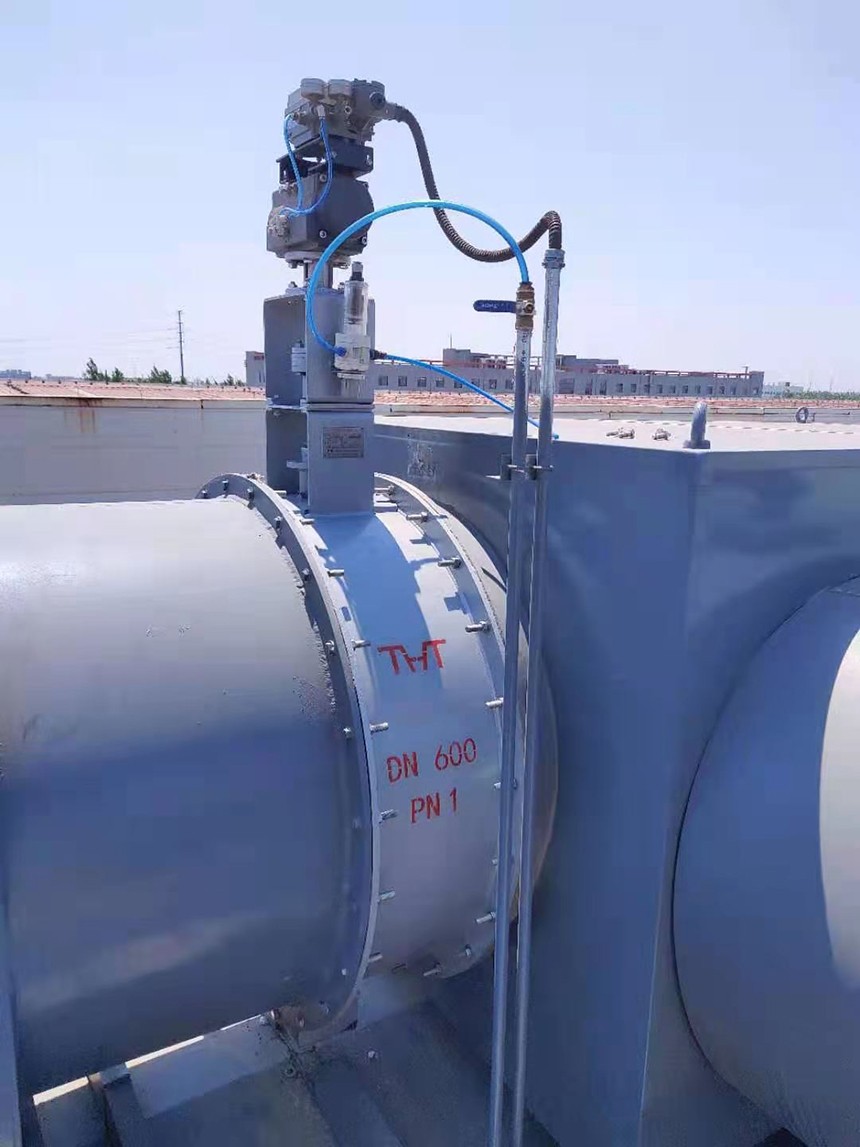|
Valve selection skillsOne, the key points of valve selection 1. Clarify the purpose of the valve in the equipment or device Determine the working conditions of the valve: the nature of the applicable medium, the working pressure, the working temperature and the control method of operation, etc. 2. Correctly choose the type of valve The correct choice of valve type is based on the designer's full grasp of the entire production process and operating conditions as a prerequisite. When selecting the valve type, the designer should first grasp the structural characteristics and performance of each valve. 3. Determine the end connection of the valve Among threaded connections, flange connections, and welded end connections, the first two are the most commonly used. Threaded valves are mainly valves with a nominal diameter below 50mm. If the diameter is too large, it will be very difficult to install and seal the connection. Flange-connected valves are more convenient to install and disassemble, but they are heavier and more expensive than screw-connected valves, so they are suitable for pipe connections of various diameters and pressures. Welding connection is suitable for heavy load conditions and is more reliable than flange connection. However, it is difficult to dismantle and reinstall the valve connected by welding, so its use is limited to the occasions that can usually operate reliably for a long time, or where the use conditions are heavy and the temperature is high. 4. Selection of valve material When choosing the material of the valve housing, internal parts and sealing surface, in addition to considering the physical properties (temperature, pressure) and chemical properties (corrosiveness) of the working medium, the cleanliness of the medium (with or without solid particles) should also be grasped. In addition, it is necessary to refer to the relevant regulations of the country and the user department. The correct and reasonable selection of the valve material can obtain the most economical service life and the best performance of the valve. The valve body material selection sequence is: ductile iron-carbon steel-stainless steel, and the sealing ring material selection sequence is: rubber-copper-alloy steel-F4.
Two. Introduction of commonly used valves 1. Butterfly valve In the butterfly valve, the opening and closing function of the butterfly plate can be completed by rotating 90 degrees around a fixed axis in the valve body. The butterfly valve is small in size, light in weight, simple in structure, and consists of only a few parts. And it only needs to rotate 90°; it can open and close quickly, and the operation is simple. When the butterfly valve is in the fully open position, the thickness of the butterfly plate is the only resistance when the medium flows through the valve body, so the pressure drop generated by the valve is small, so it has better flow control characteristics. Butterfly valves are divided into two sealing types: elastic soft seal and metal hard seal. Elastic sealing valve, the sealing ring can be embedded in the valve body or attached to the periphery of the butterfly plate, with good sealing performance, which can be used for throttling, but also for medium vacuum pipelines and corrosive media. Valves with metal seals generally have a longer life than valves with elastic seals, but it is difficult to achieve a complete seal. They are usually used in occasions with large changes in flow and pressure drop and good throttling performance. Metal seals can be adapted to higher operating temperatures, while elastic seals have the defect of being limited by temperature. 2. Gate valve Gate valve refers to a valve whose opening and closing body (valve plate) is driven by the valve stem and moves up and down along the sealing surface of the valve seat, which can connect or cut off the passage of fluid. Compared with the globe valve, the gate valve has better sealing performance, less fluid resistance, less effort to open and close, and has a certain adjustment performance. It is one of the most commonly used cut-off valves. The disadvantage is that the size is large, the structure is more complicated than the stop valve, the sealing surface is easy to wear, and it is not easy to maintain. Generally, it is not suitable for throttling. According to the thread position on the stem of the gate valve, it is divided into two types: the exposed rod type and the concealed rod type. According to the structural characteristics of the gate, it can be divided into two types: wedge type and parallel type. 3. Check valve A check valve is a valve that can automatically prevent fluid from flowing back. The disc of the check valve opens under the action of fluid pressure, and the fluid flows from the inlet side to the outlet side. When the pressure on the inlet side is lower than that on the outlet side, the valve flap is automatically closed under the action of the fluid pressure difference, its own gravity and other factors to prevent the fluid from flowing back. According to the structure, it is divided into lift check valve and swing check valve. The lifting type has better sealing performance and greater fluid resistance than the swing type. For the suction port of the pump suction pipe, a bottom valve should be used. Its function is to fill the inlet pipe of the pump with water before starting the pump; after stopping the pump, keep the inlet pipe and pump body full of water in preparation for restarting. The bottom valve is generally only installed on the vertical pipeline at the inlet of the pump, and the medium flows from bottom to top. 4. Ball valve The opening and closing part of the ball valve is a sphere with a circular through hole, and the sphere rotates with the valve stem to realize the opening and closing of the valve. The ball valve has simple structure, rapid switching, convenient operation, small size, light weight, few parts, small fluid resistance, good sealing, and convenient maintenance. 5. Globe valve The stop valve is a downward closing valve, and the opening and closing parts (disc) are driven by the valve stem to move up and down along the axis of the valve seat (sealing surface). Compared with gate valves, it has good adjustment performance, poor sealing performance, simple structure, convenient manufacturing and maintenance, large fluid resistance, and low price. It is a commonly used cut-off valve and is generally used for medium and small diameter pipelines. |














